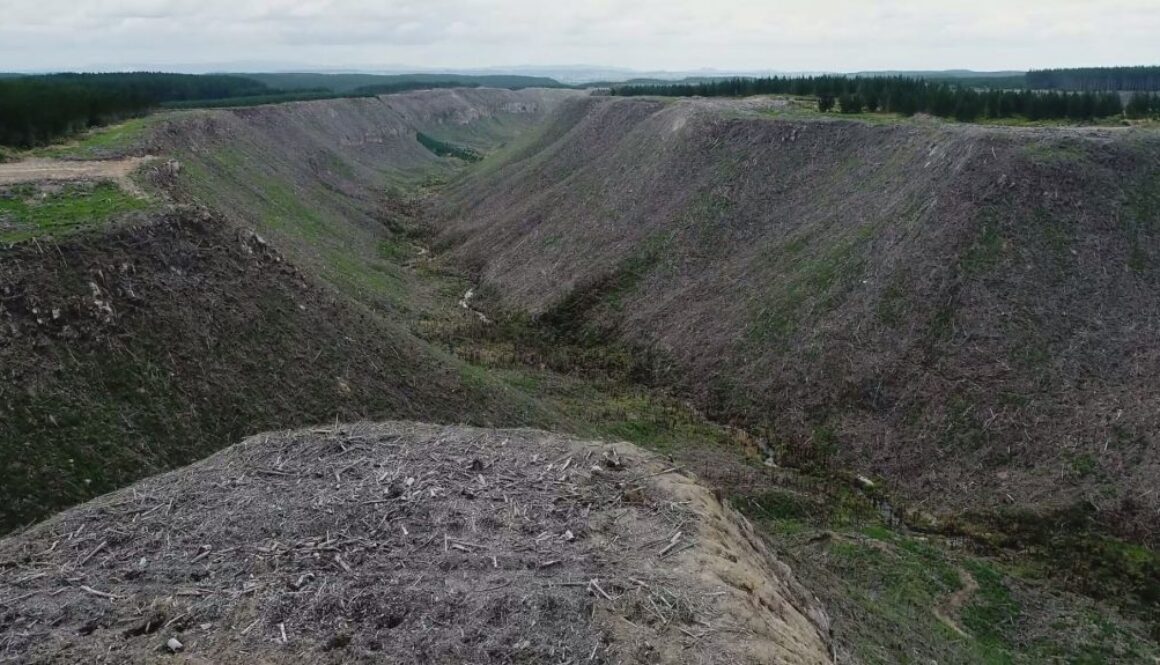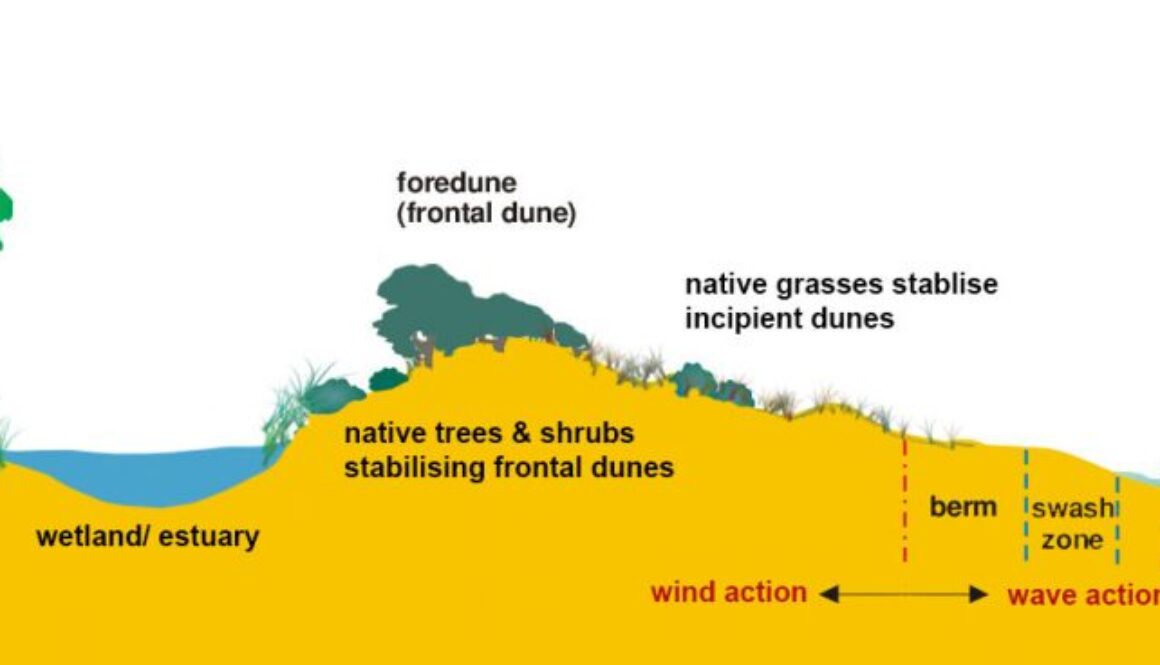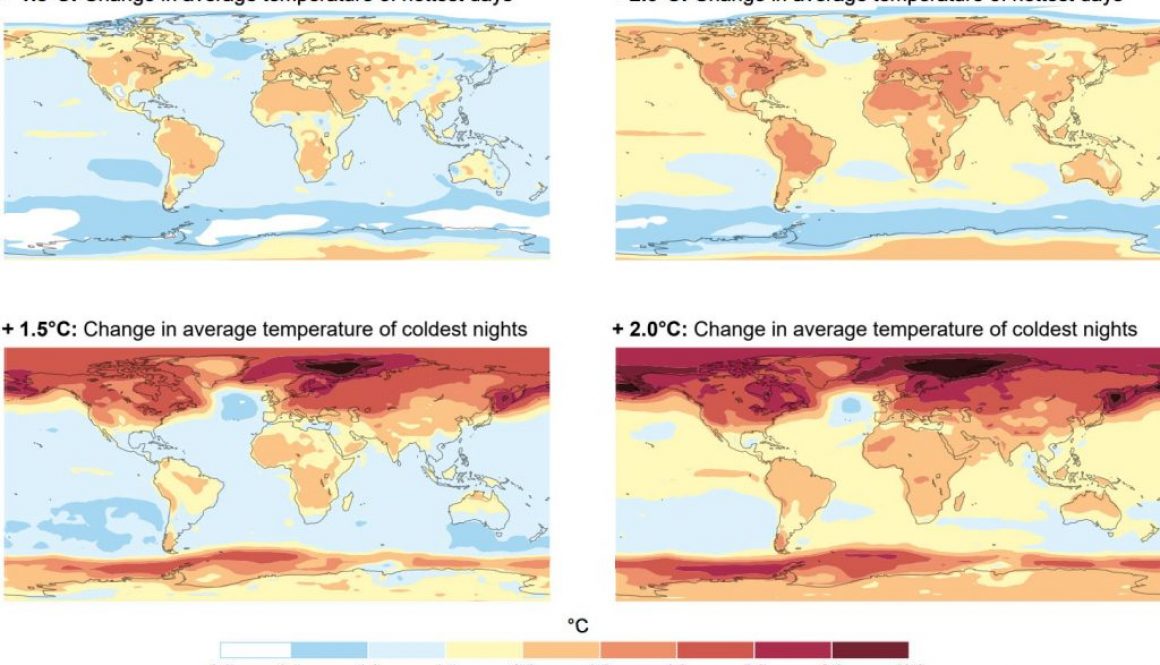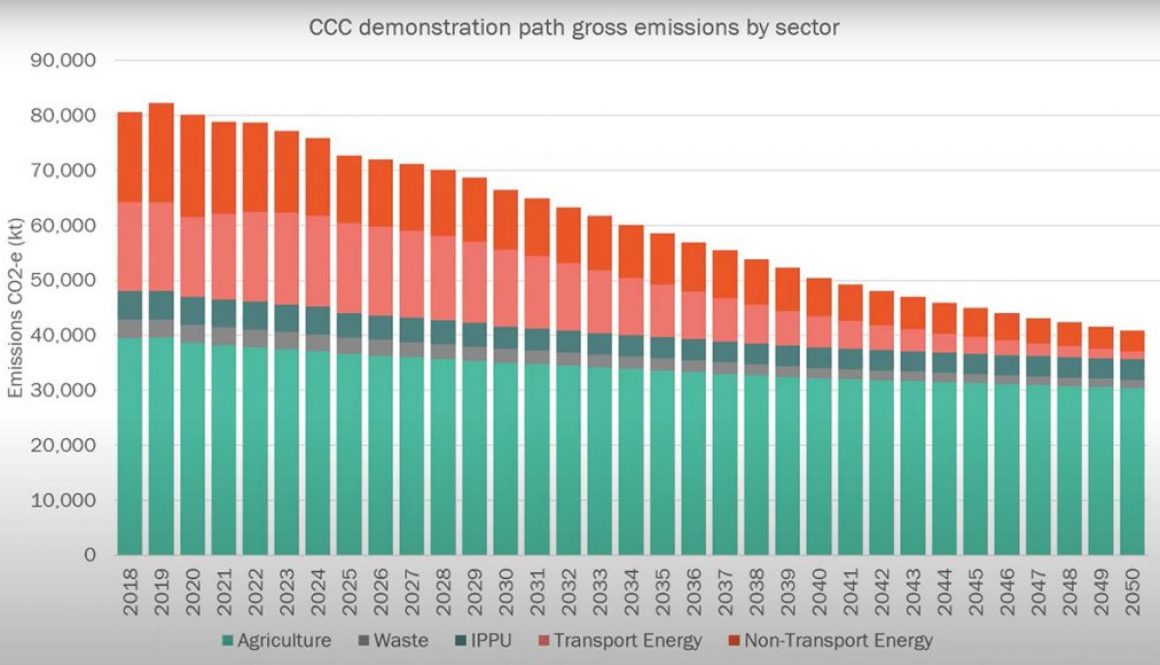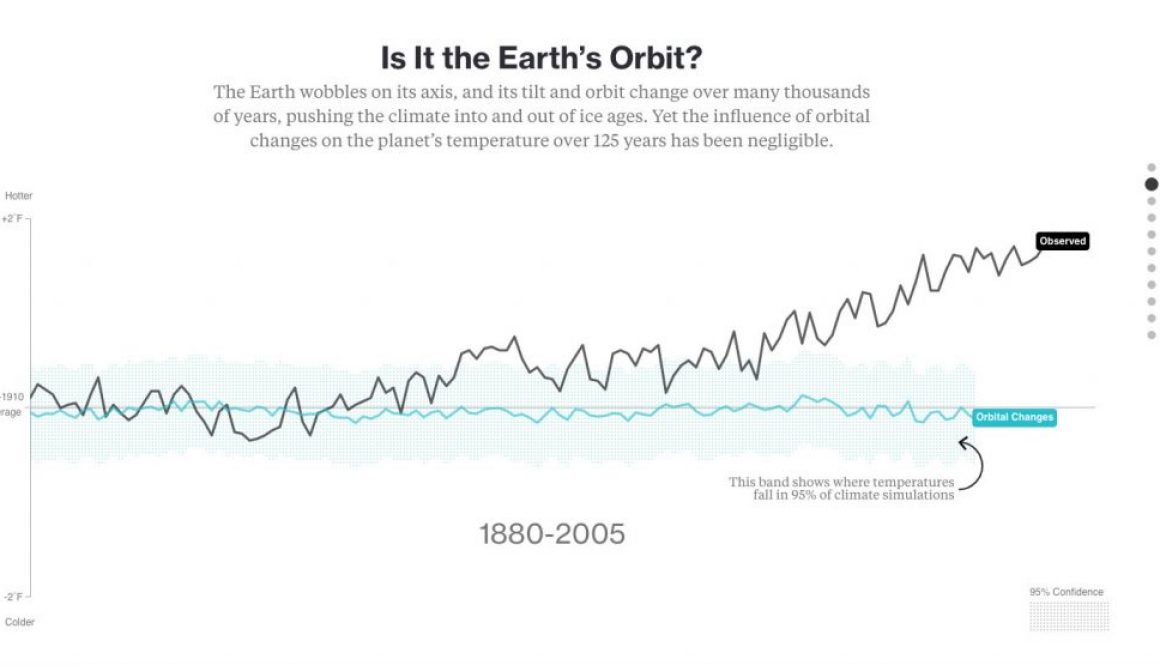This is such a compelling press release that it’s worth reprinting in full, here:
“The Environmental Defence Society and Pure Advantage have joined forces to draft a submission on the review of the National Environmental Standards for Plantation Forestry (the Standards). The submission seeks significant tightening of the rules governing exotic forest management in Aotearoa New Zealand.
“Our submission starts with the premise that forest practices here are out of step with the rest of the developed world. There are inadequate controls over sediment, slash and soil stability and the sector needs to lift its environmental performance across all of its activities,” said EDS COO Shay Schlaepfer.
“With that in the mind, the scope of the current review, which is focused on permanent exotic carbon forests, is too narrow and we are calling on Government to undertake a fundamental reset of the regulations.“Our submission points to the following key problems with the present Standards:
- It fails to effectively address adverse environmental outcomes associated with plantation forestry activities
- It is unjustifiably and unlawfully permissive for such high risk activities, particularly with regard to afforestation on highly erodible land and clear fell harvesting
- It fails to adequately recognise and encourage the wider and longer-term intergenerational climate resilience, biodiversity, social, cultural, and economic opportunities associated with indigenous forests
- It is insufficiently aligned with national objectives and direction in relation to freshwater, coastal, and indigenous biodiversity protection and long-term carbon sequestration.
“Put in simple terms, the current Standards are failing to address significant adverse environmental effects associated with where trees are planted, whattrees are planted, and how forests are managed and harvested. These effects need to be managed for both new so-called permanent carbon forests and plantation forests.
“We contend that the presumption in the current Standards that forestry activities are “permitted” is unworkable, inappropriate, and ineffective at securing environmental protection.
“We are releasing our draft submission to give some guidance to others wishing to see improvements in the way exotic forests are managed. The intention is to file the final submission on the closing date which is 18 November,” said Ms Schlaepfer.
“The draft submission is available here and feedback can be sent to manager@eds.org.nz

